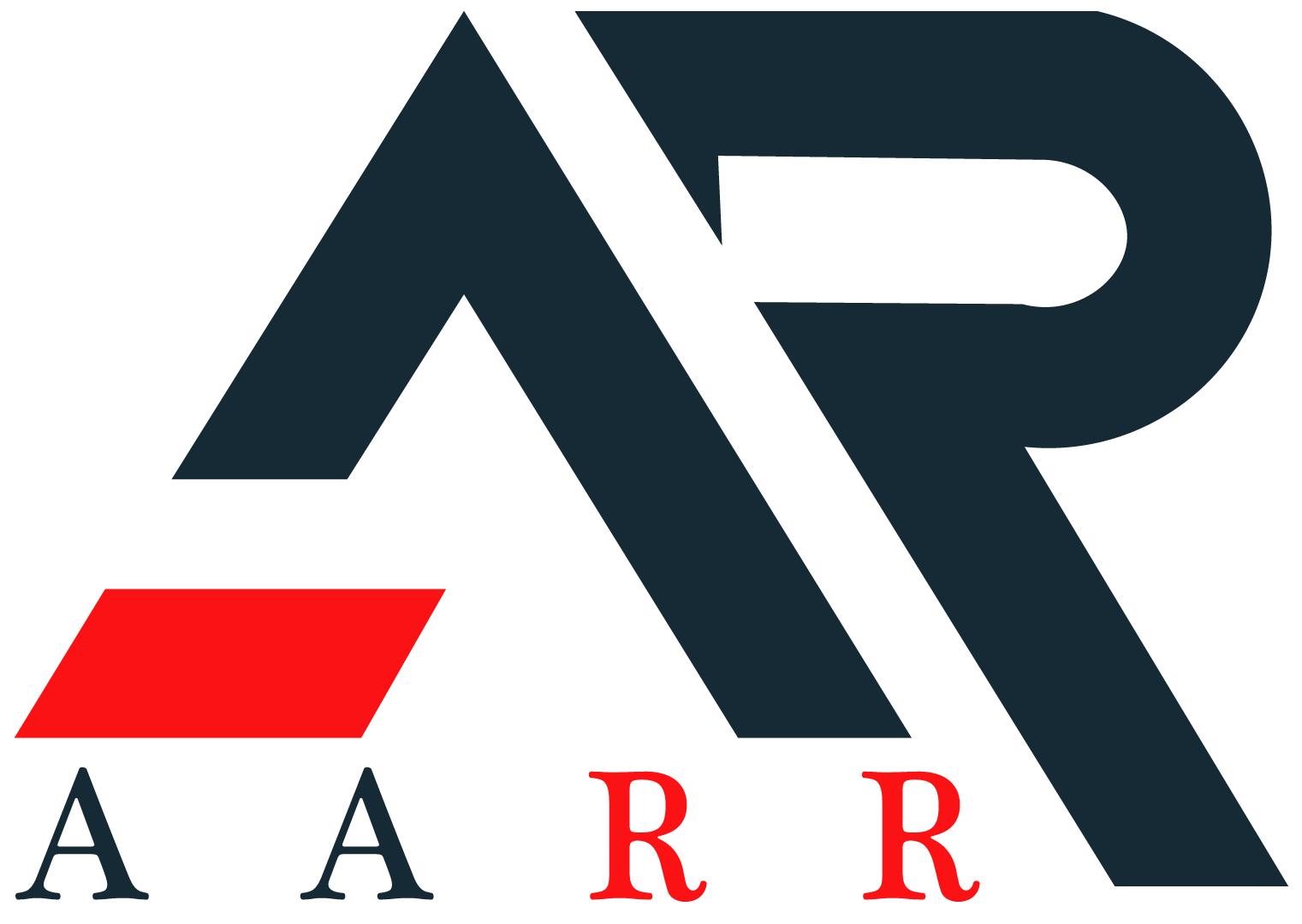In today’s fast-paced digital world, website performance plays a critical role in the success of any online business. A website that loads quickly not only improves user experience but also boosts search engine rankings and conversion rates. At Aarrsol Pvt. Ltd., we understand how crucial it is for businesses to have high-performing websites that keep visitors engaged and drive results.
In this blog, we’ll explore effective strategies to optimize website performance for faster load times, ensuring your website delivers a seamless experience to your audience.
Why Website Performance Matters
Before diving into optimization strategies, it’s essential to understand why website performance is so important:
User Experience (UX): A slow-loading website frustrates users, leading to higher bounce rates. Studies show that 53% of mobile users abandon a site if it takes longer than 3 seconds to load.
SEO Rankings: Search engines like Google prioritize fast websites in their rankings. Poor performance can lead to lower visibility.
Conversion Rates: Faster websites result in higher conversions. A one-second delay in page load time can reduce conversions by up to 7%.
Brand Reputation: A well-performing website reflects professionalism and builds trust with your audience.
Also read about what is the difference between UX & UI
Key Strategies to Optimize Website Performance
1. Optimize Images
Images often account for the largest portion of a webpage’s load time. Optimizing them is a crucial step:
- Compress Images: Use tools like TinyPNG or ImageOptim to reduce image file sizes without compromising quality.
- Use Correct File Formats: Use JPEG for photos, PNG for graphics with fewer colors, and WebP for next-generation formats.
- Enable Lazy Loading: Load images only when they appear in the user’s viewport to save bandwidth.
2. Minimize HTTP Requests
Every element on your website (images, scripts, stylesheets, etc.) requires an HTTP request to load. Fewer requests mean faster loading times.
- Combine CSS and JavaScript Files: Merge multiple CSS or JavaScript files into one to reduce the number of requests.
- Use CSS Sprites: Combine multiple small images into a single file to reduce HTTP requests.
3. Enable Browser Caching
Browser caching allows previously loaded resources to be stored locally on the user’s device. This means users won’t need to reload all resources when revisiting your site.
- Set Expiry Headers: Specify how long browsers should cache files like images, CSS, and JavaScript.
- Use a Content Delivery Network (CDN): Distribute your content globally to ensure faster access for users, no matter where they are.
4. Optimize Your Code
Efficient code improves website performance significantly.
- Minify CSS, JavaScript, and HTML: Remove unnecessary spaces, comments, and characters using tools like UglifyJS or CSSNano.
- Eliminate Render-Blocking Resources: Ensure scripts and stylesheets don’t delay the loading of critical content.
5. Reduce Server Response Time
A slow server can bottleneck your website’s performance.
- Use a Reliable Hosting Provider: Choose a hosting service that suits your website’s traffic and resource needs.
- Enable GZIP Compression: Compress files sent from the server to the browser to reduce file size.
- Optimize Your Database: Regularly clean up unused data and optimize database queries.
6. Use a Content Delivery Network (CDN)
A CDN stores cached versions of your website on servers around the world.
- Benefits of a CDN: It reduces latency, ensures faster delivery of content, and handles traffic spikes more effectively.
- Popular CDN Providers: Cloudflare, Akamai, and Amazon CloudFront are excellent choices.
7. Prioritize Mobile Optimization
With mobile traffic surpassing desktop, optimizing your site for mobile users is non-negotiable.
- Use Responsive Design: Ensure your website adapts seamlessly to different screen sizes.
- Optimize Mobile Loading Times: Use tools like Google’s Mobile-Friendly Test to identify and fix issues.
8. Monitor Performance Regularly
Regularly analyze your website’s performance to identify and fix bottlenecks.
- Use Performance Tools: Google PageSpeed Insights, GTmetrix, and Lighthouse are great tools for measuring speed and providing optimization recommendations.
Also read about – why responsive web design is crucial for business
Common Mistakes to Avoid
While optimizing your website, be cautious of these common pitfalls:
- Overloading your website with too many plugins.
- Using large, uncompressed media files.
- Ignoring regular website updates and maintenance.
- Failing to optimize for mobile devices.
Conclusion
A fast-loading website is no longer a luxury—it’s a necessity. From compressing images to implementing CDNs and optimizing code, there are numerous ways to enhance your website’s performance. By applying these strategies, you can provide a better user experience, improve your SEO rankings, and ultimately achieve your business goals.
At Aarrsol Pvt. Ltd., we specialize in creating high-performing, optimized websites that help businesses thrive in the digital world. Whether you need help with website optimization or a complete redesign, our team is here to assist you.
Learn more about our web development service
Let us help you deliver a seamless web experience that your audience will love!

